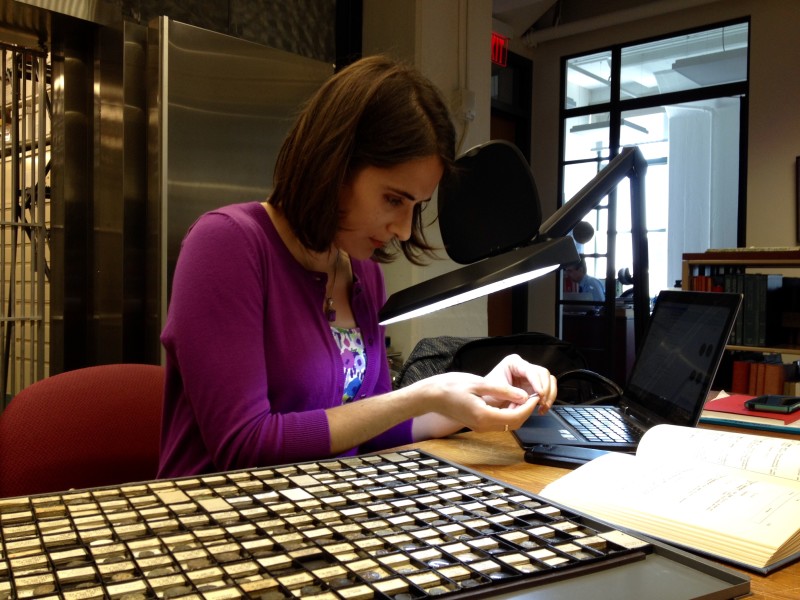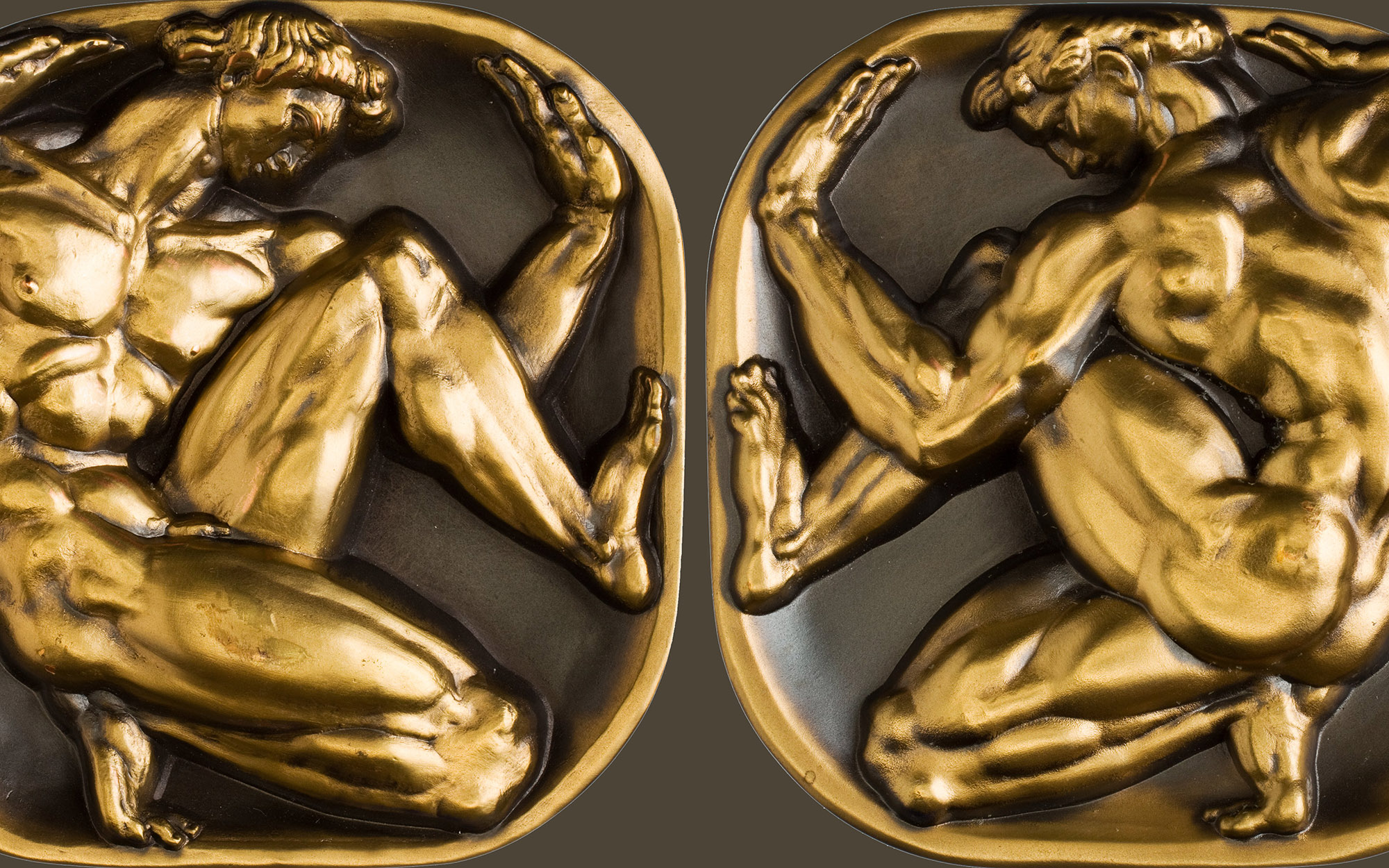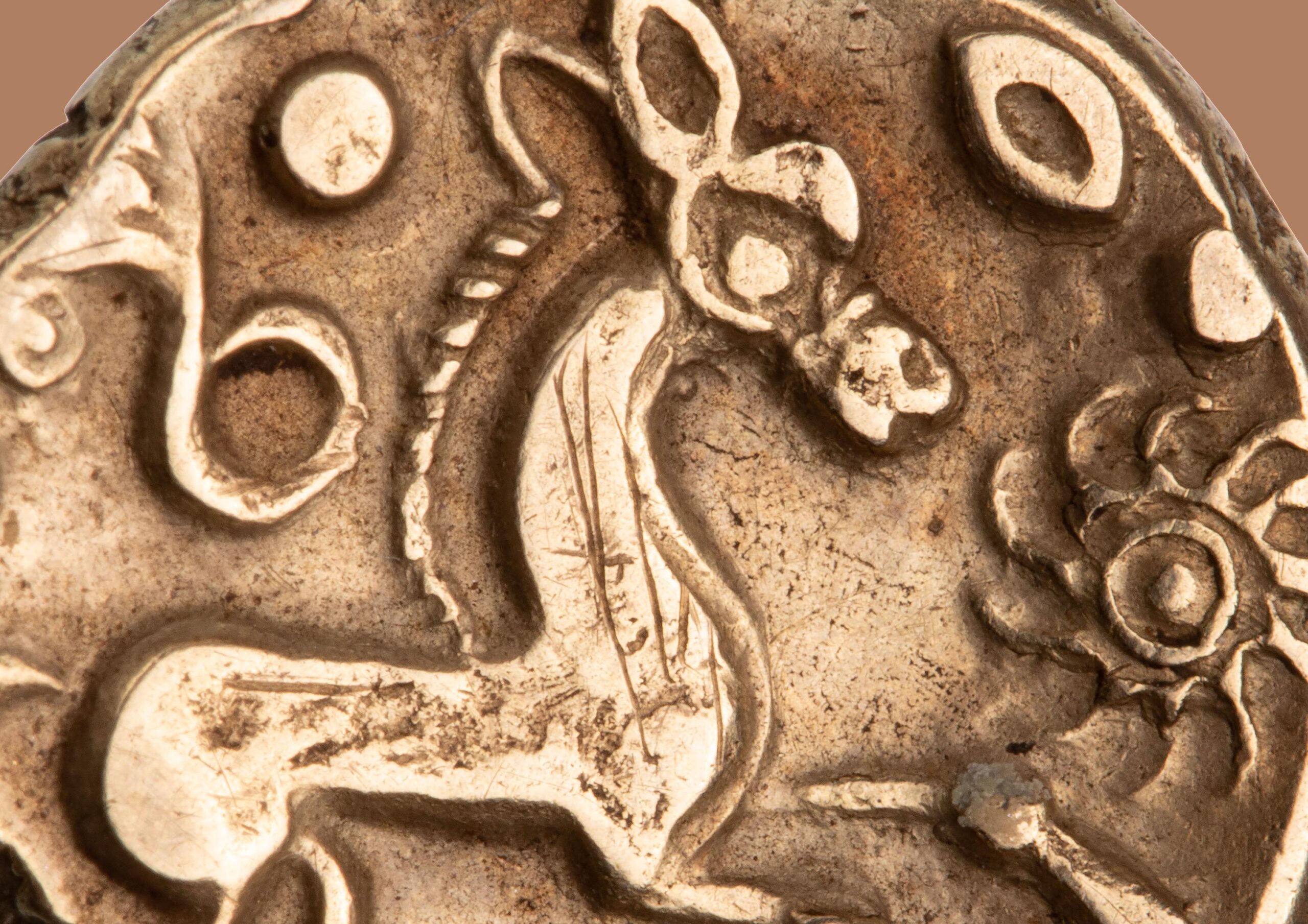Profiles in Research: Katherine van Schaik
Last week the ANS was visited by Katherine van Schaik, an M.D. and Ph.D. student at Harvard University. Katherine was kind enough to sit for a short interview about her work, and what follows is a lightly edited transcript of our talk.

So you are pursuing both a medical degree and a Ph.D. in Ancient History?
I work on the history of medicine, so that’s where the overlap is. I also study bioarchaeology and paleopathology, which is the study of disease in the past. I look at changes in the burden of disease and disease patterns over time.
And how did you get interested in numismatics?
I did my undergraduate degree at Harvard College, so I had interacted with Carmen Arnold-Biucchi at that time. She taught a section on coins for a course I was taking, and the idea she communicated to our section — that you could see and hold something that someone had seen and held and used so long ago — was just incredible to me. And that’s what I really like about coins: the opportunity to do ‘hands-on’ history. That’s also part of why I like studying human remains: there’s really no way to get closer to the people of the past then to examine their bones and their remains. It makes the past very real and very human, and I think coins also inspire this feeling of connection. And so that section with Carmen stuck in my head. Fast forward a few years to my work in the PhD program at Harvard. We have a numismatics requirement for our Ph.D., so I was thinking about what I was reading and studying with regard to these healing sanctuaries in the ancient world–Epidaurus, Cos, Pergamon, among others. I had seen some coins from Epidaurus with the healing god Asclepius on them, and I was intrigued by the iconography. It seemed a little bit like a form of marketing that this city that is so tied to its identity as a place of healing would put iconography associated with healing on its coinage. And so I approached Carmen and asked if she would consider teaching me in an independent study course on the topic.
And so clearly that project has significantly progressed. What brought you to the ANS today?
The breadth and depth of the collection.. Harvard has a fantastic collection and what’s available on the ANS website is great, but being here and actually seeing these trays of coins was transformative. You can see all of the different varieties and changes next to each other. I can look at a coin from a healing sanctuary in Cos and then I can compare it to a coin from Epidaurus. It’s the intensity and immediacy of the comparison that makes for a really fruitful research opportunity.

Could you talk about a coin that you saw today that you found particularly important?
One that I found interesting is this silver drachm from the island of Cos, which had a huge temple to Asclepius and also is supposedly where Hippocrates was born and taught medicine. The word cancer that we use to denote neoplastic growth was used in Greco-Roman antiquity to mean any kind of hardened lump on the body. We’re not sure exactly if it was cancer in the sense that we would understand cancer or if it was an abscess or some other form of swelling. It’s clear that the word (καρκίνος) could mean ‘cancer’ in the sense that we now understand but the term did not apply to this pathological condition exclusively. In a medical context, the word καρκίνος is descriptive, in that its literal meaning is ‘crab’. The image of the crab is very common for coins from the island of Cos, and it is hard to prove this idea, but I do wonder if there is some connection between the iconography of the crab and the idea that one goes to Cos to be healed of the swelling called a καρκίνος. I don’t know if there’s a pun or some kind of link with what happened at the healing sanctuary and the iconography. And it might be something impossible to prove, but its something I am considering in my research at the moment.
And finally, what are your future plans for this work?
I am presenting the results of this research later this year at the International Numismatic Congress in Taormina for which I generously received funding from both the ANS and INC. Hopefully I will be able add to the conference proceedings volume as well. The healing sanctuary coinage I will be presenting myself, and then I am also presenting jointly with Carmen the research on the crab and its potential relationship with cancer and Cos.
You can find out more about Katherine’s ongoing research and publications via her Harvard website here.




